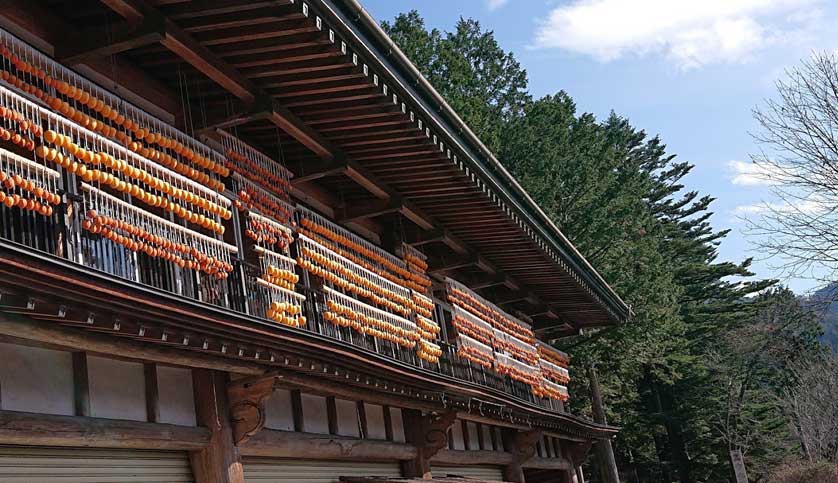The Daikon are now big enough to start being harvested. Daikon literally means "big root", but it is commonly called Giant Radish in English. Originally introduced from Asia, I remember seeing it in Asian shops in England when I was a kid where it was known as Mooli.
When I first came to Japan I really didn't like daikon, but once we moved to the country, and received daikon from neighbors on an almost daily basis, I came to love it. It grows easily, and quickly, and is used in an astonishing number of dishes in Japan.
Dakon hanging in the sun to dry is a common site now anywhere in the countryside. After a couple of weeks they are then turned into takuan, the yellow daikon pickle in just about every bento.
The young leaves are used as greens, and the older leaves turned into another kind of pickle.
Raw, grated daikon is the bed on which sashimi is served, and is also added to the dipping sauce for tempura. There are also a variety of salads using daikon.
Big chunks of daikon are found in Nabe and Oden, the 2 types of winter stew.

Our surplus we peel, slice, and then dry until rock-hard. Stored in airtight containers it stays usable for years. My neighbor dries them, then reconstitutes and cooks them in a mix of sake and soy sauce, and then dries them again.















